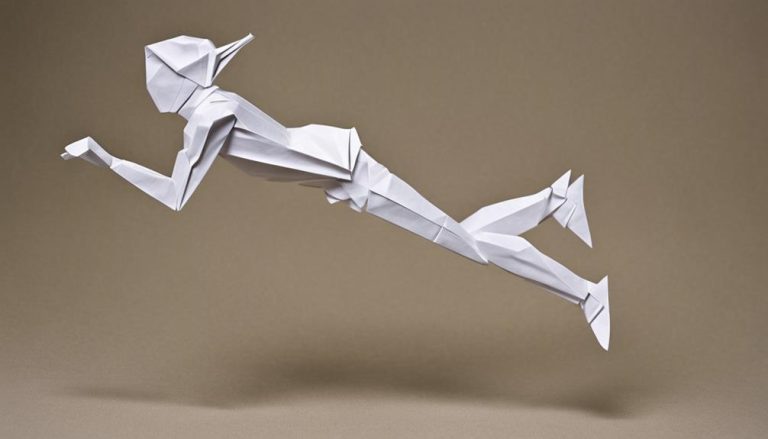General Rules of Playing Cricket
Cricket is an outdoor game which was originated back in the 16th century in England. However the first international match was played between Canada and USA in New York. A match is played between two teams having eleven players per side. Total 12 countries are in the list of full member countries.
England, Australia, India, Pakistan, New Zealand, South Africa, West Indies, Sri Lanka, Bangladesh, Zimbabwe, Afghanistan and Ireland are the full member countries. All the cricket playing nations are governed by International Cricket Council (ICC).
Cricket Ground Dimensions:
The diameter of a cricket ground ranges between 137.6 cm – 150 cm. According to the ICC laws (19.1), the playing ground should be minimum of 137.16 cm from boundary to boundary square of the pitch keeping 59.43m the shorter of the two square boundaries. From both ends of the pitch, straight boundary is measured as 64m minimum. From the center of the pitch, boundaries should not exceed to 82.29m. Distances are measured from center of the pitch.
Boundaries are usually marked by a rope as per the ICC standards. The distance between rope and the advertising fence is 2.7m. There’s always a buffer distance kept between cricket ground and nearby structures (building or park) to ensure no damage of the property due to cricket. Buffer distance ranges from 20m to 40m.

Cricket Rules:
1. Players
a. Each team can field 11 players.
b. A team can play multiple batsmen and bowlers but there’s only a wicket keeper who can only keep wicket.
c. In case of injury to any player from playing eleven, a twelfth man comes in for him.
d. A twelfth man can’t bat, bowl or keep wickets, he only serves as a substitute fielder.

2. Umpires
a. There are three active umpires; two on-field and one TV umpire.
b. When on-field umpires are unsure or have any concerns over the delivery/out/boundary, they refer it to the TV umpire to check the scenario and announce the decision. Theirs is also a reserve umpire to step in when needed.
3. Ball
a. An over comprises of six legal deliveries.
b. The illegal deliveries are classified into no ball and wide ball having penalty.
c. Test cricket is played with red ball white limited over cricket is played with white ball.
d. A cricket ball is a kookaburra ball in both red and white depending on the format.
e. If a ball is bowled outside of the player’s reach (normally outside the mark) and batsman is unable to hit it then it is a wide ball.
f. A wide ball adds extra run and increases a delivery.
g. Neither a no ball nor a wide ball passes the batsman and runs are scored without touching the batsman then such type of delivery is called bye adding a run to the team’s total.
h. If a ball which is not a wide ball or a no ball hits only the batsman (not his bat or pad) and runs are scored then it is a leg bye. No runs can be scored if batsman avoided to play or didn’t play the ball.
4. Format
a. Cricket is officially played on three formats, Test, One Day International (ODI), and Twenty-20 International (T20I).
b. Test cricket is a five-day affair while ODI and T20I requires a day.
c. 90 overs per day can be bowled in Test cricket, ODI has 50 overs per side while in T20I 20 overs are allowed in an innings.
d. In Test cricket each team can bat twice which means there are total 4 innings and overs are unlimited in an innings.
e. Test matches are usually played under sunlight but now day and night Tests are also being played.
f. In ODI and T20I, a team can only bat once in the given overs either 50 or 20 as per the format.
5. Bat
a. A batsman can score runs in the form of 1 (single), 2 (double), 3, 4 & 6 runs.
b. To take a run, batsmen have to run from one end of the wicket to another and the bat should touch the crease.
c. Runs are also scored in boundaries when a batsman hit four or a sixer.
d. Some other form of runs come through no ball, wide ball, byes and leg byes. But these runs doesn’t go to the player’s account but adds up in the team’s total.
6. Toss
a. Toss is performed 30 minutes before the match to decide which team is going to bat or bowl first.
b. Captain of a team flips the coin while the other captain enjoys call.
c. A match referee is present at the time of toss to oversee it.
d. The winner of the toss can choose from bat or ball.
7. Pitch
a. A pitch should be 22 yards (20.12m) long and 10 ft (3.05m) wide
b. Pitch is a flat surface (having cracks) with a bit of grass.
c. The distance between the popping crease and stumps is of 1.22m at both the ends.
d. A pitch has a danger area or a center area and running on it is forbidden for both bowler (in his follow through) and batsmen during runs.

8. Wicket
a. Bowled – if the ball hits the stumps dislocating the bails (bat may or may not be involved)
b. Caught behind – After touching the edge of the bat wicket keeper collects the ball.
c. Caught & bowled – bowler in his follow through catches the ball
d. Catch out – a ball hit by the player finds a fielder for a catch.
e. Run out – while running for run, fielder breaks the stumps when batsman is behind the crease.
f. Leg before wicket – when the ball hits pads first before the bat.
g. Stumps – when the wicket keeper dislodges the bail and batsman is out of the crease and not attempting a run.
h. Hit wicket – batsman hits is wicket during delivery in attempt to hit the ball or at the time of taking run.
i. Obstructing the field – obstructing the opposition through action or words willingly costs wicket of the player.
j. Hit the ball twice – hitting the ball twice without any intentions of saving his wicket can cost wicket of the player.
9. No ball
a. If a bowler oversteps while delivering the ball then the ball is a no ball. This happens when the foot of the bowler is crossing the crease.
b. If a ball is waist high and bowled without any bounce then it comes under a no ball.
c. If a ball is above head of the batsman and involves no bounce then it is termed as a no ball.
d. If a bowler while bowling, hits the stumps at the non-striker’s end then the delivery is counted as a no ball.
e. If a ball bounces twice before approaching the batsman then it is counted as a no ball.
f. A no ball adds extra run in the batting team’s total and also give an extra ball to be delivered.
g. A batsman can only be out in a run-out, handling or obstructing the field, otherwise a batsman can freely hit the ball without the fear of run-out.
10. Boundaries
a. When the ball indirectly touches the rope usually with a tip(s) in the ground before touching the rope, this is counted as four runs.
b. If a ball directly (without any tip) clears the rope or lands directly on the rope then this hit earns six runs to the batsman.
11. Result
a. Team batting first sets a target which the other team has to chase in the given overs to win the match.
b. Test match can end in draw when results are not clear on fifth day at the time of close of play.
c. If scores are levelled in an ODI match then it’s a tie but in T20I super over is given when a match is tied.
Faqs:
Who is the father of cricket?
William Gilbert Grace an English man is known as the father of cricket. He was an amateur cricketer who developed this game in England.
Who started 20/20 cricket?
Former New Zealand Test player Martin Crowe in 1990s reduced the overs of cricket which was officially adapted by England and Wales Cricket Board when they introduced the playing rules. The first 20-20 tournament was played in 2003 in England during a County tournament.
How many overs are there in t20 Cricket?
There are 20 overs per side in a 20-20 match. Total 40 overs game it is.
Who invented cricket?
Cricket is said to be originated in the 16th century in south England but many researchers are of the fact that cricket firstly started in the 13th century. Back in the days, kids used to play cricket with stone inplace of a ball and wooden bat like object.
Why is it called cricket?
The name is either derived from an old French word “criquet” which means goal, post or stick or from the Middle Dutch “kricke” which means stick or staff. European Language Expert Heiner Gillmeister proposed that the name is derived from Middle Dutch hockey phrase “met de krik ket sen” which means “with the stick chase” as cricket in its early says was played with a hockey like wooden stick.






